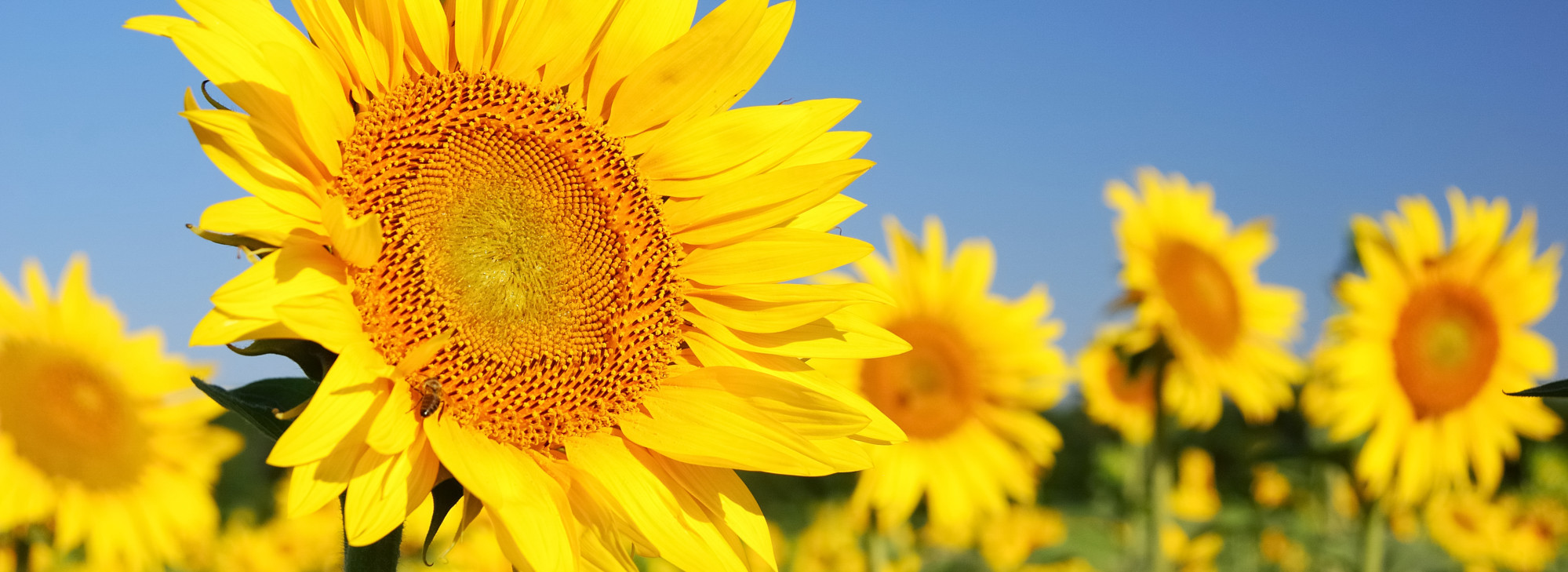
Hard to believe that my last blog post was from March of 2021! A new managerial role at my day job - while a great career opportunity - certainly took its toll on my available time for pleasure writing. Didn't COVID-19 seem to wreak havoc on our habits as well?
Anyhoo, I'm thrilled to get back to some nature musings and restore a little of that important work/life balance we all need.
And fortuitously, the post I happened to be working on last - before earning a paycheck rudely interrupted my farmgirl scribbles - was on elderberry syrup. Which is timely as we'll be coming up on the elderflower season in June and the subsequent elderberry season in July. Perfect excuse to get prepared for their harvest. Hey, it's all good!
...continue reading "Elderberry Syrup"

















